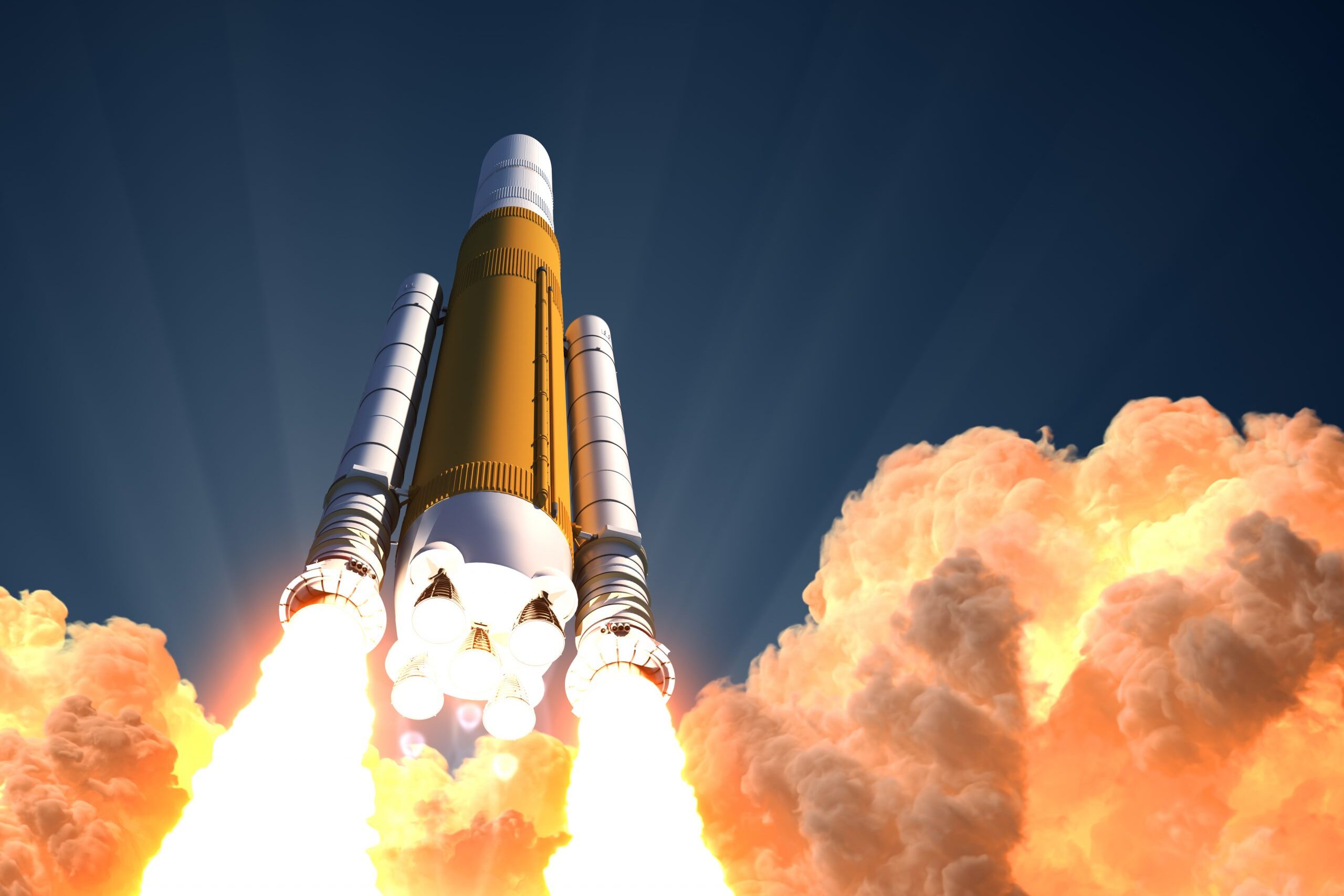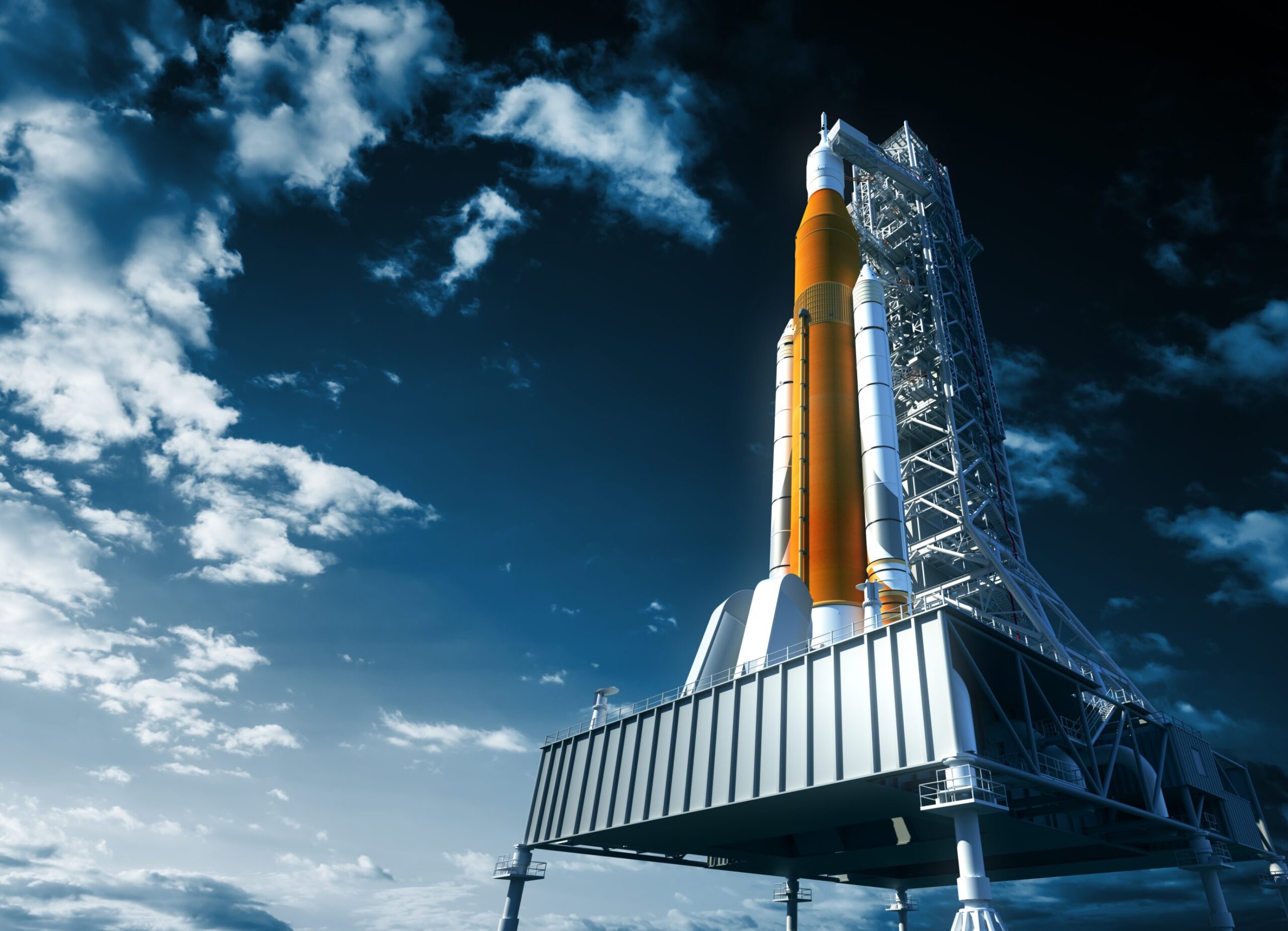section-1394e6d

Liquid rocket engine operational factors can be described in terms of extremes: temperatures ranging from that of liquid hydrogen (-250°C) to circa 3300°C hot gases1, enormous thermal shock (3800ºC/sec), large temperature differentials between contiguous components, reactive propellants, extreme acoustic environments, high rotational speeds for turbomachinery and extreme power densities. These factors place great demands on materials selection, and each must be dealt with while maintaining an engine of the lightest possible weight. Combustion chambers and nozzles must be cooled to prevent them from melting due to the heat of combustion. The materials of construction are key elements to achieving the goals of performance, reliability, and relatively lightweight. Materials have been vital from the very beginning of rocketry science.
section-61f116f
More recently, non-metallic materials such as ceramics, ceramic matrix composites, and even polymetric composites have been considered for specific applications. Development of new materials for rocket engine application requires a lengthy development process. This involves advancing the material technology readiness from understanding the fundamental material properties, to developing mechanical properties over the anticipated operating range, developing manufacturing processes and establishing a design database. The material selection for a space propulsion engine is determined by five general factors: the size of the engine; the engine duty cycle (expendable or reusable); the propellants; the turbine drive cycle; and the stage at which the engine will be used (booster or upper stage). Large engines today almost always require extensive use of metals. Small engines (in the range of a few kilograms to a few thousand kilograms thrust) can be made from ablatives, high-temperature alloys, or high-emissivity alloys.

